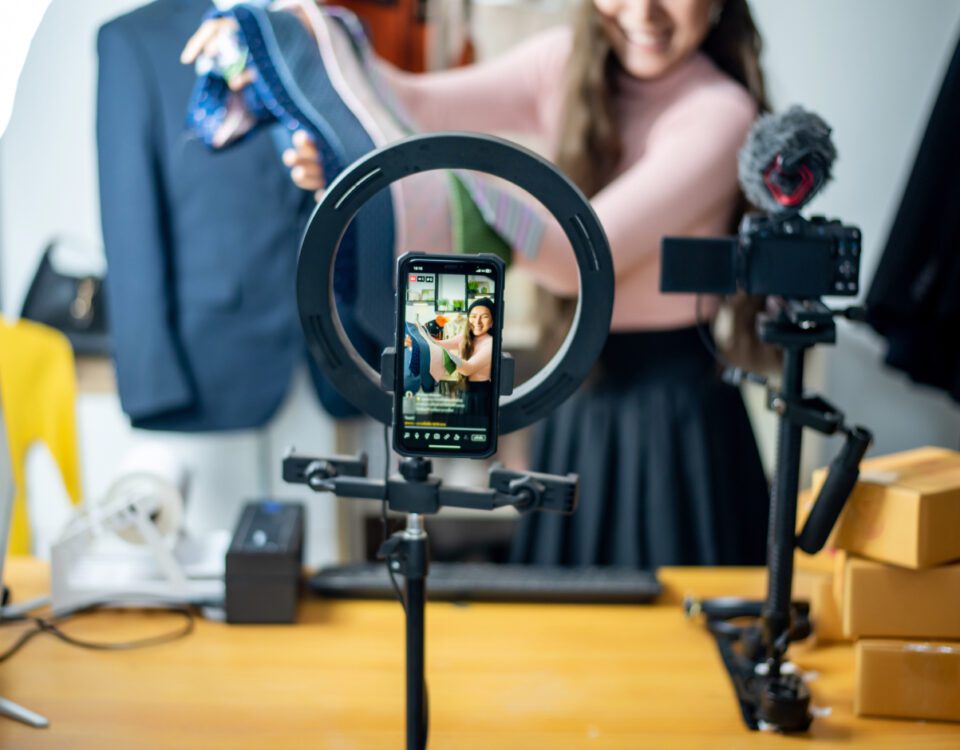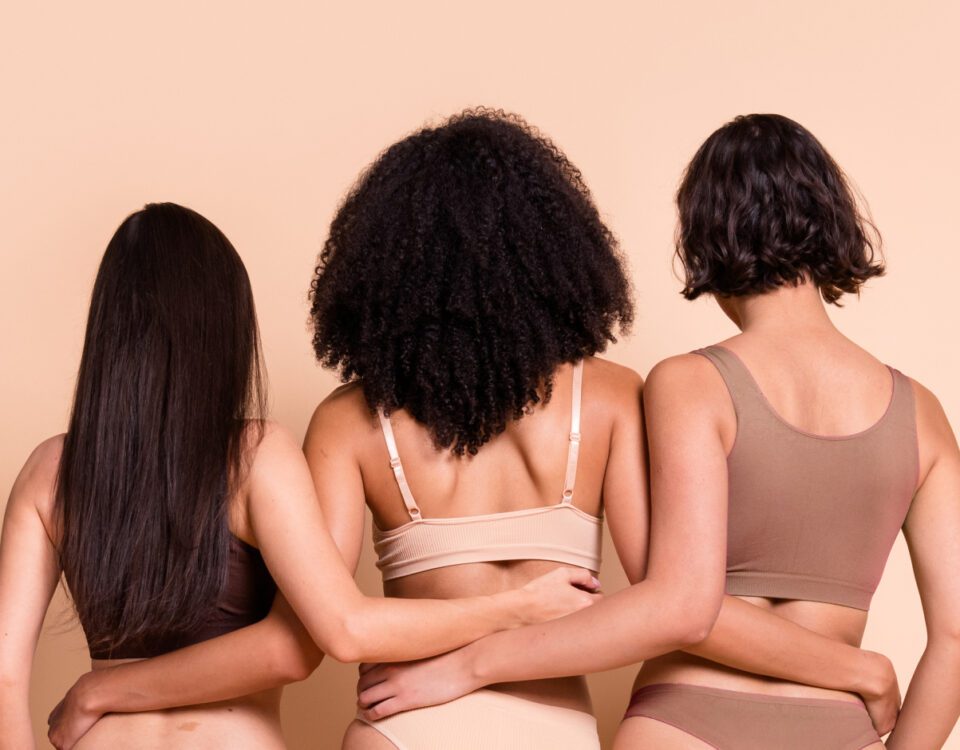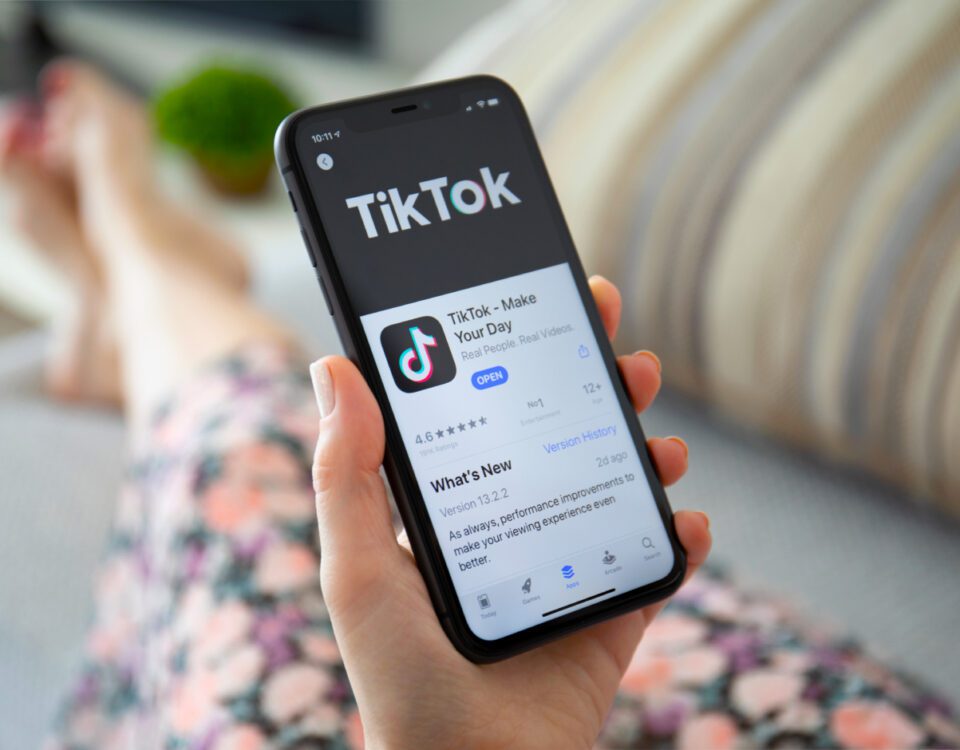Share
Back at the start of 2020, nobody could predict what lay just around the corner: a global pandemic that would impact every aspect of our lives and lead to permanent changes in the way we work, travel, shop and communicate. As countries across the world have faced national lockdowns and adjusted to new limitations on physical interaction, people have increasingly turned to social media as a way of staying up to date with the news, keeping in touch with friends and family, finding entertainment and seeking out means of distraction. With 43% of users admitting that they now log in for longer and overall social media usage seeing a 10.5% rise compared with 2019, it’s clear that the coronavirus outbreak has altered our habits and driven more social traffic than ever before.


Video Popularity
Accelerated of course by the overwhelming rise of TikTok, video content has become extremely popular during the pandemic - especially with the Gen Z demographic (those born from the mid 90s onwards). Users have enjoyed both emotional and lighthearted videos that provide a sense of escapism, fun and/or comedy. Marketing software platform Wistia reported a massive 120% increase in videos being uploaded by its users and a jump from 2.2M to 2.6M hours of video content watched per week.
It appears that this change is set to stay for the long run too. Of consumers who have watched more videos during the pandemic, 23% say they’ll continue to do so when it’s over.
More Personal, Authentic Content
Before COVID, social media was often used as a space where both everyday users and brands would only showcase their best moments - polished and perfected photos from professional shoots or state-of-the-art ads. Now, however, we’ve seen a shift towards much more genuine and relatable content, with businesses taking the ‘homemade’ approach and influencers showing the realities of life in lockdown. According to the Global Web Index, 42% of internet users who use public platforms agree there’s been less pressure to portray an unrealistic image of their life on social media.
In times of crisis, people tend to look closer to them - both geographically and metaphorically - for goods and services, so it’s no surprise that down-to-earth marketing has become so prominent. In fact, 90% of millennials claim that authenticity is the most important factor when choosing which brands to shop with.


A New Wave of Advertising
Mediaocean’s recent infographic shows that ad spend across major online marketplaces and social media platforms had risen by 31% by March this year, with the UK ad market expected to be the second highest for growth in 2021. Ecommerce brands in particular are spending more on social advertising now than they were at the start of 2020, resulting in an impressive one in four online purchases now being made via an interaction with social media.
In line with the section above regarding relatability, businesses are also starting to use UGC (User Generated Content) to promote themselves more often than before. Sharing legitimate customer feedback and repurposing fans’ photos of their products and services being used in real life have become key ways for brands to demonstrate to prospective buyers that they can be trusted - and that an extravagant advertising style isn’t always needed.
Going Live
Live streaming on social media has taken off as a result of the pandemic too. Instagram Live is now used by 100 million people every day and Facebook Live has ranked as one of the top three live streaming platforms, showing how users are enjoying the sense of connectivity and proximity this type of content provides. Virtual events, workout classes and product tutorials are among the most common themes of live video, with viewers from across the globe tuning in to watch their favourite creators and take part in the community. It’s especially prevalent within the influencer marketing world, due to the chatty, amicable nature of their social media approach.
With features like Instagram Live Shopping, brands can now even sell items during live broadcasts, giving customers a fresh way to preview and purchase goods from the safety of their own homes.


Summary
What changes have you noticed online? Has COVID-19 and its subsequent lockdowns impacted the way you or your business uses social media? We’re definitely intrigued to find out which developments are here to stay and which ones will fade as we emerge from the pandemic - and we’re ready to adapt to whatever the rest of 2021 might hold.









